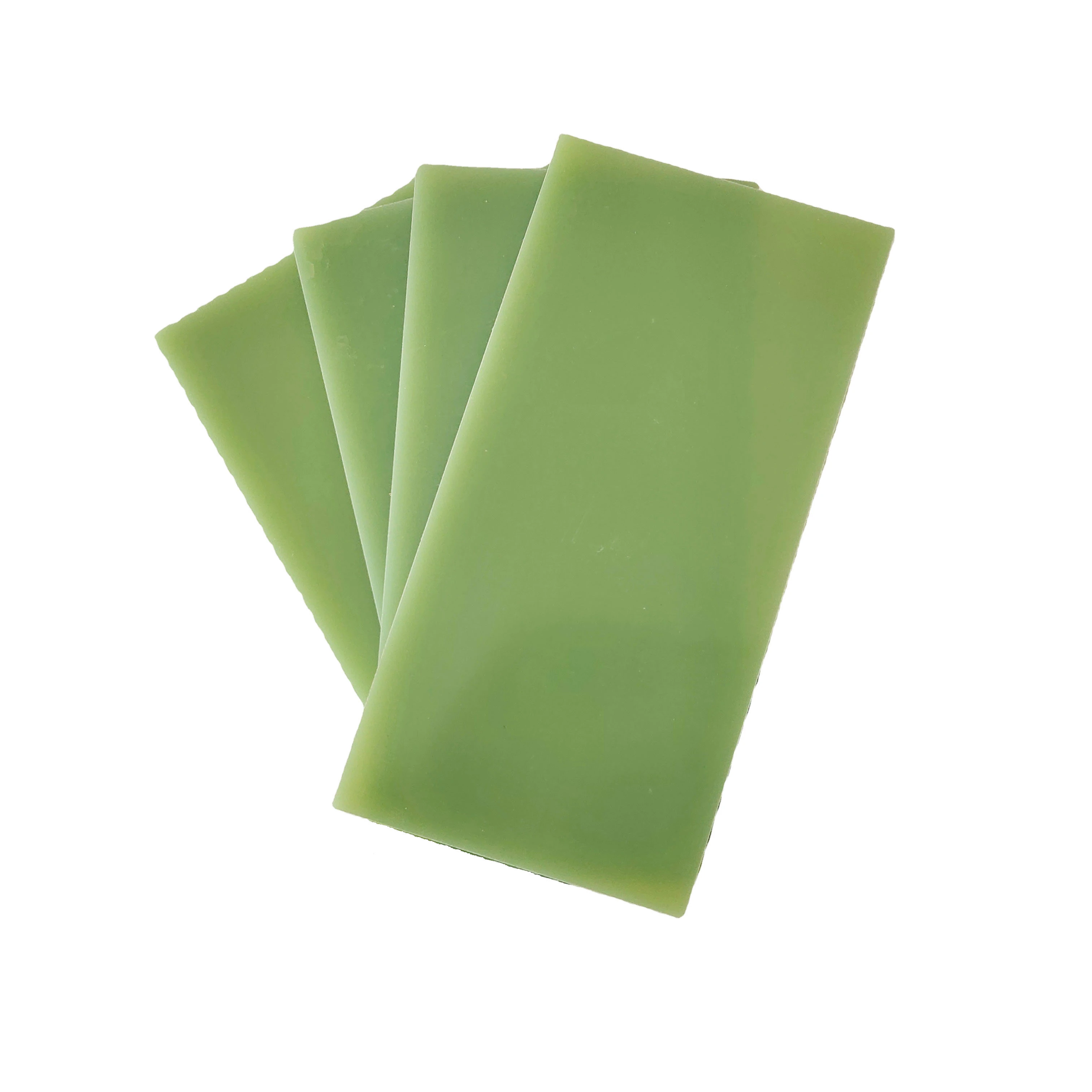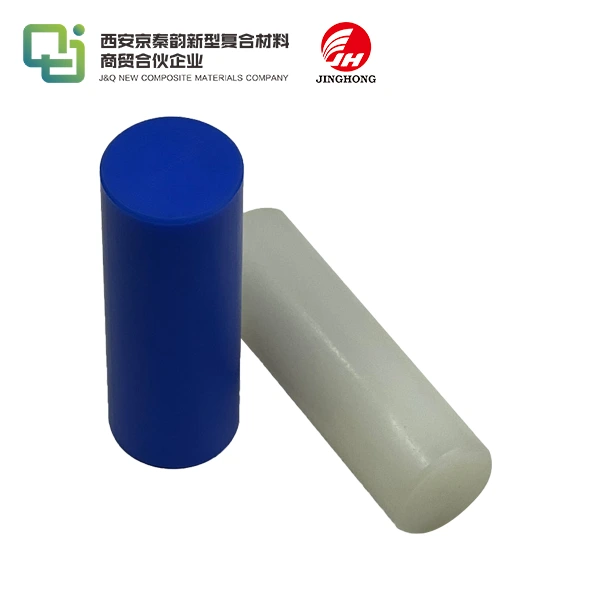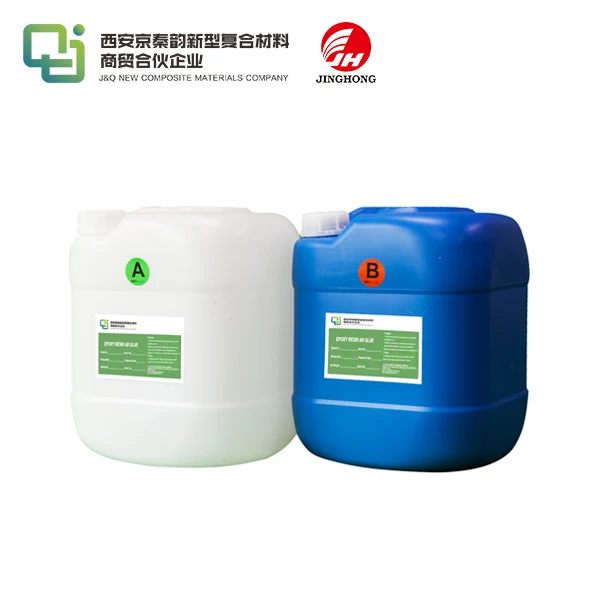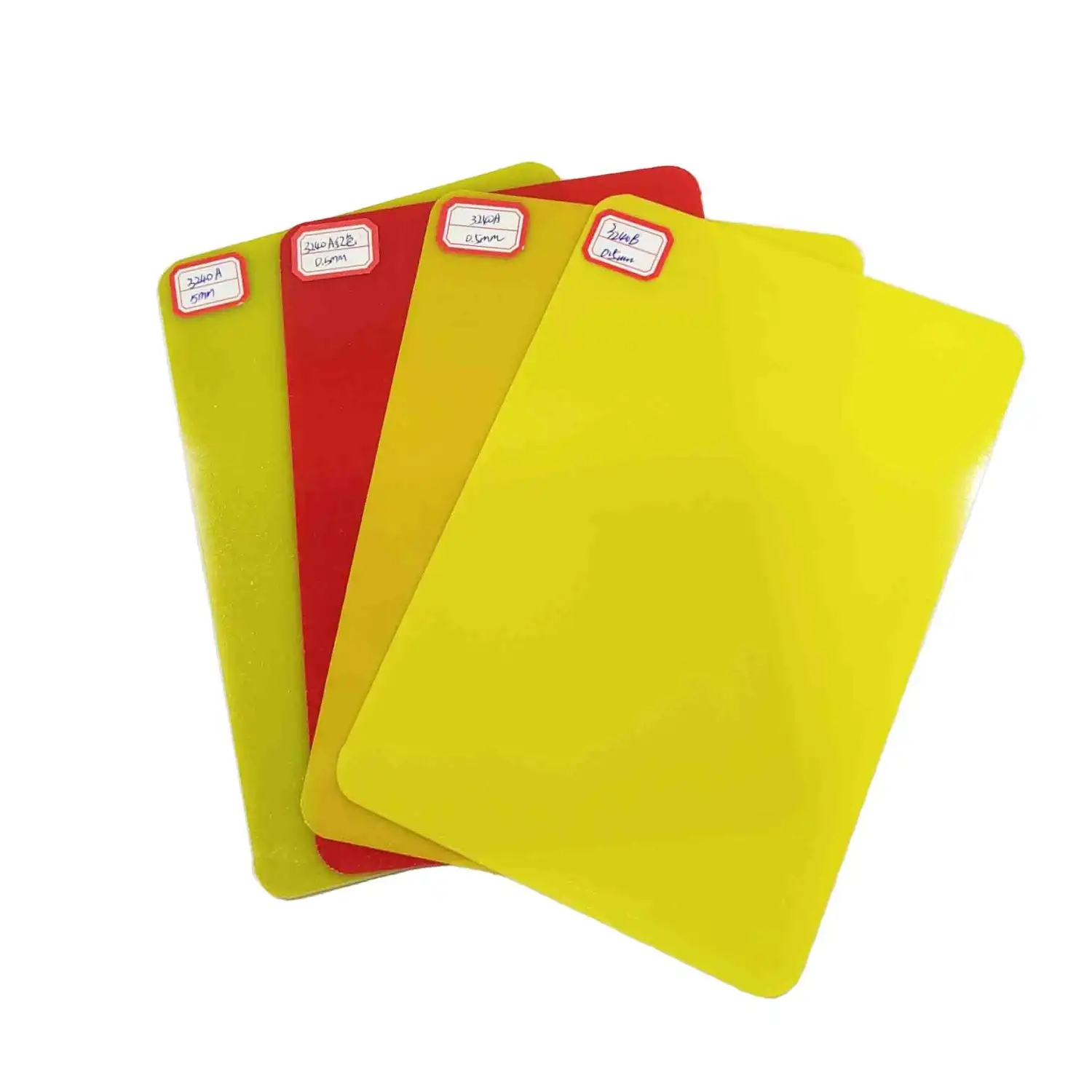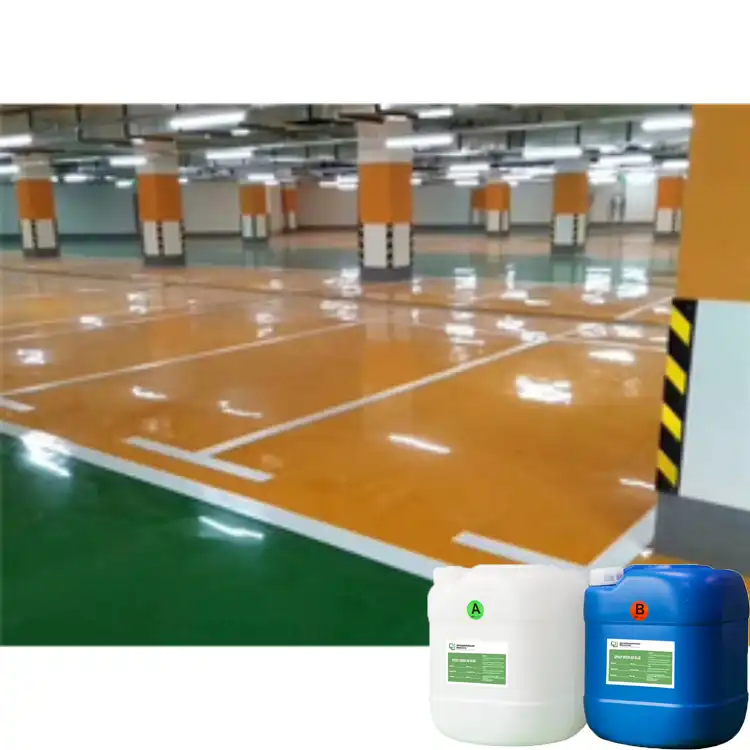Best Tools for Shaping FR4 Laminate Panels
2025-08-18 15:48:45
When it comes to shaping FR4 epoxy laminate panels, selecting the right tools is crucial for achieving precision and efficiency. The best tools for this task include carbide-tipped router bits, diamond-coated saw blades, and high-speed CNC machines. These tools are designed to handle the abrasive nature of FR4's glass-fiber reinforcement while minimizing delamination and producing clean cuts. Additionally, specialized coolants and dust extraction systems are essential for maintaining tool life and ensuring a safe working environment. By combining these advanced tools with proper techniques, manufacturers can effectively shape FR4 laminate panels for various applications in the electronics industry.
What Machining Methods Are Most Effective for FR4?
CNC Routing for Precision Cutting
CNC routing stands out as one of the most effective machining methods for FR4 epoxy laminate. This computer-controlled process allows for intricate designs and precise cuts, essential for creating complex PCB layouts. CNC routers equipped with carbide-tipped bits can navigate through the tough glass-fiber reinforcement of FR4 with minimal wear, ensuring consistent quality across large production runs.
Laser Cutting for Intricate Designs
Laser cutting technology offers unparalleled precision for shaping FR4 laminate panels. This non-contact method eliminates the risk of mechanical stress on the material, reducing the chances of delamination. Laser cutting is particularly advantageous for creating small, detailed features or when working with thinner FR4 sheets. The heat-affected zone is minimal, preserving the electrical properties of the material.
Water Jet Cutting for Thick Panels
For thicker FR4 panels or when thermal effects need to be avoided entirely, water jet cutting provides an excellent solution. This method uses a high-pressure stream of water, often mixed with abrasive particles, to cut through the material. Water jet cutting excels at producing clean edges without heat distortion, making it ideal for applications where maintaining the FR4's structural integrity is paramount.

Carbide Tools vs Diamond Blades: Pros and Cons
Durability and Wear Resistance
Carbide tools are known for their solid durability when machining FR4 epoxy laminate, as their hard metal composition allows them to resist the abrasive effects of embedded glass fibers effectively. They can maintain functionality across multiple cuts without immediate degradation. However, diamond blades provide a significant advantage in terms of wear resistance. The extreme hardness of diamond, second only to natural diamond itself, means these blades retain sharpness much longer and endure repeated use with minimal edge dulling, even under high-friction, continuous-duty conditions in industrial environments.
Cutting Speed and Efficiency
Diamond blades typically offer faster and more efficient cutting performance than carbide tools when processing FR4 laminate panels. Their extreme hardness enables high-speed operation with reduced resistance, allowing for smoother, cleaner cuts at faster feed rates. This can significantly shorten production cycle times. In contrast, carbide tools, while also capable of quick cutting, may need slower passes or regular speed adjustments to avoid overheating and premature wear. As a result, carbide may be less efficient in high-throughput settings where speed and consistency are critical.
Cost Considerations
Carbide tools have a lower initial purchase cost, making them a cost-effective solution for smaller projects, one-off jobs, or operations with limited budgets. Their relatively easy availability also adds to their appeal. However, diamond blades, despite higher upfront costs, often prove more economical over time due to their exceptional longevity and reduced need for replacement. In continuous or high-volume production settings, fewer tool changes mean reduced downtime and labor costs, ultimately lowering total operational expenses and improving overall manufacturing efficiency in the long run.
Achieving Clean Cuts and Minimizing Delamination
Optimal Cutting Parameters
Achieving clean cuts in FR4 epoxy laminate requires careful consideration of cutting parameters. Spindle speed, feed rate, and depth of cut must be optimized to prevent delamination and ensure a smooth edge finish. Higher spindle speeds coupled with moderate feed rates often yield the best results, allowing the tool to cleanly shear through the glass fibers without causing excessive heat buildup or stress on the laminate structure.
Proper Backing and Support
Minimizing delamination starts with proper panel support during the cutting process. Using a sacrificial backing board helps prevent the bottom layers of the FR4 from splintering or separating as the tool exits the material. Additionally, ensuring the panel is securely clamped or held in place prevents vibration and movement that could lead to uneven cuts or delamination along the edges.
Tool Maintenance and Replacement
Regular tool maintenance is crucial for maintaining cut quality and preventing delamination in FR4 laminate panels. Dull or damaged tools can exert excessive force on the material, increasing the risk of layer separation. Implementing a proactive tool replacement schedule based on cutting time or linear feet processed helps ensure that tools are always in optimal condition. This approach not only improves cut quality but also extends the lifespan of expensive machining equipment.
Conclusion
Selecting the right tools and techniques for shaping FR4 epoxy laminate panels is essential for achieving high-quality results in PCB manufacturing and other electronic applications. By understanding the strengths of different machining methods, choosing between carbide and diamond tools wisely, and implementing best practices for clean cutting and delamination prevention, manufacturers can optimize their FR4 processing operations. Continuous advancements in tooling technology and machining strategies continue to push the boundaries of what's possible with FR4 laminate, enabling more complex designs and improved production efficiency.
Contact Us
For more information on our FR4 epoxy laminate products and custom machining services, please contact us at info@jhd-material.com. Our team of experts is ready to help you find the perfect solution for your FR4 shaping needs.
References
1. Smith, J. (2023). Advanced Techniques in FR4 Laminate Machining. Journal of Electronic Materials Processing, 45(2), 112-128.
2. Johnson, R., & Brown, L. (2022). Comparative Analysis of Cutting Tools for FR4 Substrates. IEEE Transactions on Components, Packaging and Manufacturing Technology, 12(3), 456-470.
3. Zhang, Y., et al. (2021). Optimizing CNC Parameters for FR4 Cutting: A Comprehensive Study. International Journal of Precision Engineering and Manufacturing, 22(4), 789-804.
4. Anderson, M. (2023). Laser Cutting Technology in PCB Fabrication: Current Trends and Future Prospects. Laser Focus World, 59(5), 33-39.
5. Lee, K., & Park, S. (2022). Delamination Prevention Strategies in FR4 Laminate Processing. Circuit World, 48(1), 67-82.
6. Wilson, T. (2023). Tool Life Optimization for FR4 Machining: A Cost-Benefit Analysis. Journal of Manufacturing Processes, 76, 234-249.

